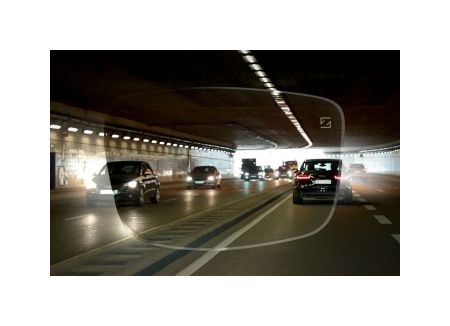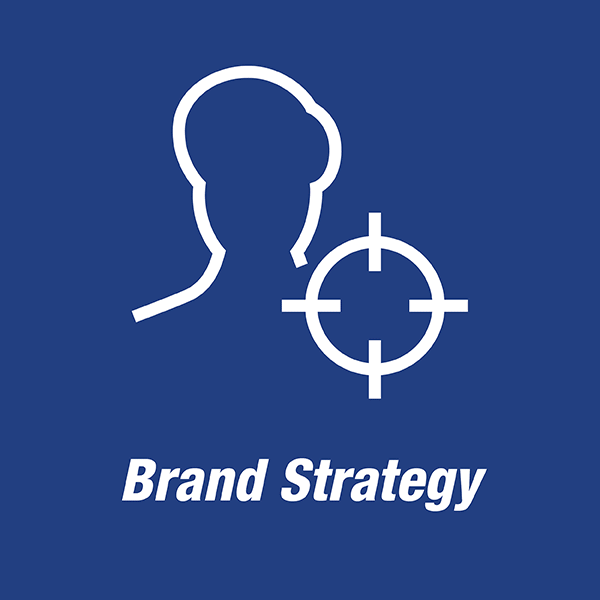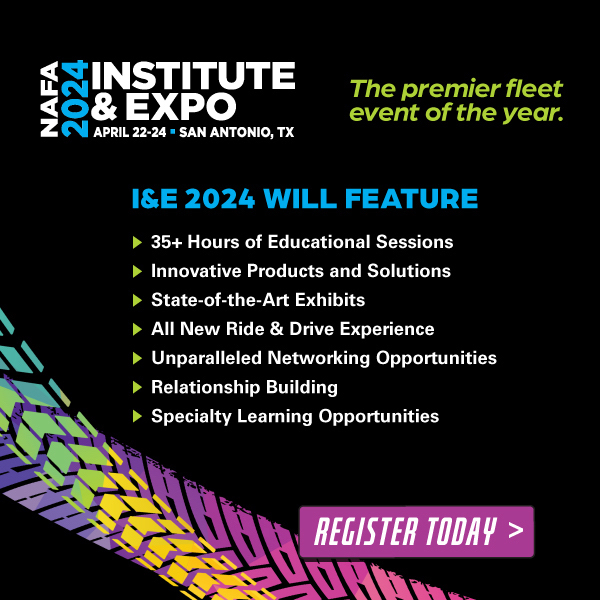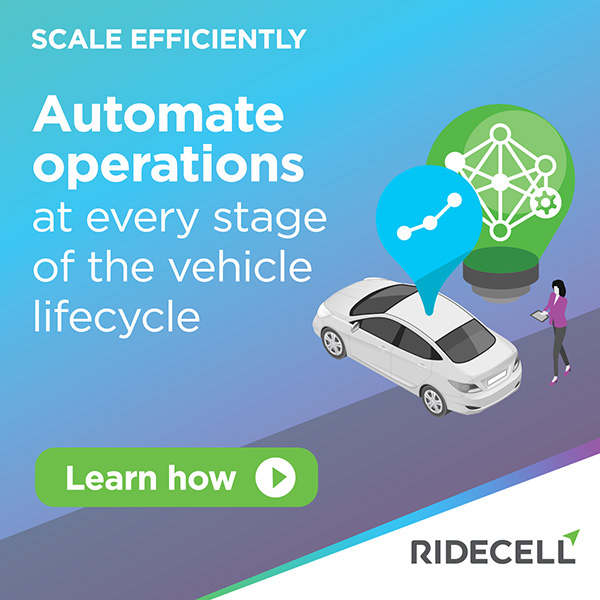
We live in a rapidly advancing world, thanks in large part to technology. And as we saw at CES this week, the automotive industry has been an integral player in offering new technologies for public benefit. Many of these advancements have to do with safety technology, from mitigating crashes to avoiding them altogether.
However, most safety features tend to come from the car itself, meaning if a consumer wants said features they have to purchase a new vehicle. And with the rapid pace of technological breakthroughs a consumer has to cycle into a new car every few years to truly keep up with the latest tech. This isn’t practical or cost-efficient for many consumers.
This is where a company like Carl Zeiss AG, 160-year-old German manufacturer of glasses, camera lenses and other optical systems, offers an alternative. Zeiss has created a product called ‘DriveSafe’ lenses, which essentially reduce glare at night emanating from fog, rain and oncoming headlights. We had a chance to check out a pair of DriveSafe lenses, which can be written for any eye prescription.
There were three key areas of improvement Zeiss was targeting with this technology: reduced glare, enhanced vision, and better visibility in low light conditions. The enhanced vision part of this experience obviously worked just fine – they were glasses fit to prescription. And because this tech is integrated into traditional glasses the benefits are seamless to your everyday activities.
From a glare perspective, Zeiss claims its lenses can reduce glare by up to 64%. Company reps also told us the satisfaction rate in a trial study for people using their lenses while driving were 97%, and even people doing everyday tasks with the glasses had a satisfaction rate of 94%. The former number makes sense because this is what the lenses were designed to do. The latter, however, is also promising given these aren’t just “driving” glasses. If you spend money on glasses and lenses, you want them to be all-purpose with the exception of items such as sunglasses or reading glasses. DriveSafe lenses can be bifocal or varifocal for reading, though Zeiss doesn’t yet offer the tech for sunglasses.
So down to what matters – do they work? When swapping between normal glasses and the DriveSafe pair there is certainly a difference, particularly because we were consciously looking for subtle differences in glare and low light clarity. The primary area of differentiation was glare levels from streetlights and headlights.
These differences may not be as apparent for people making a permanent switch from normal lenses to DriveSafe lenses because your brain will rapidly adjust to the new, reduced glare level and you’ll take it for granted. But when switching between traditional and DriveSafe lenses the difference was obvious.
These lenses are a signal that future safety equipment need not be integrated into the vehicle. Traditionally, most vehicle safety technologies have been controlled by automotive manufacturers, which makes them more costly and/or less flexible to the consumer’s lifestyle.
Read more of the original article in Forbes.




